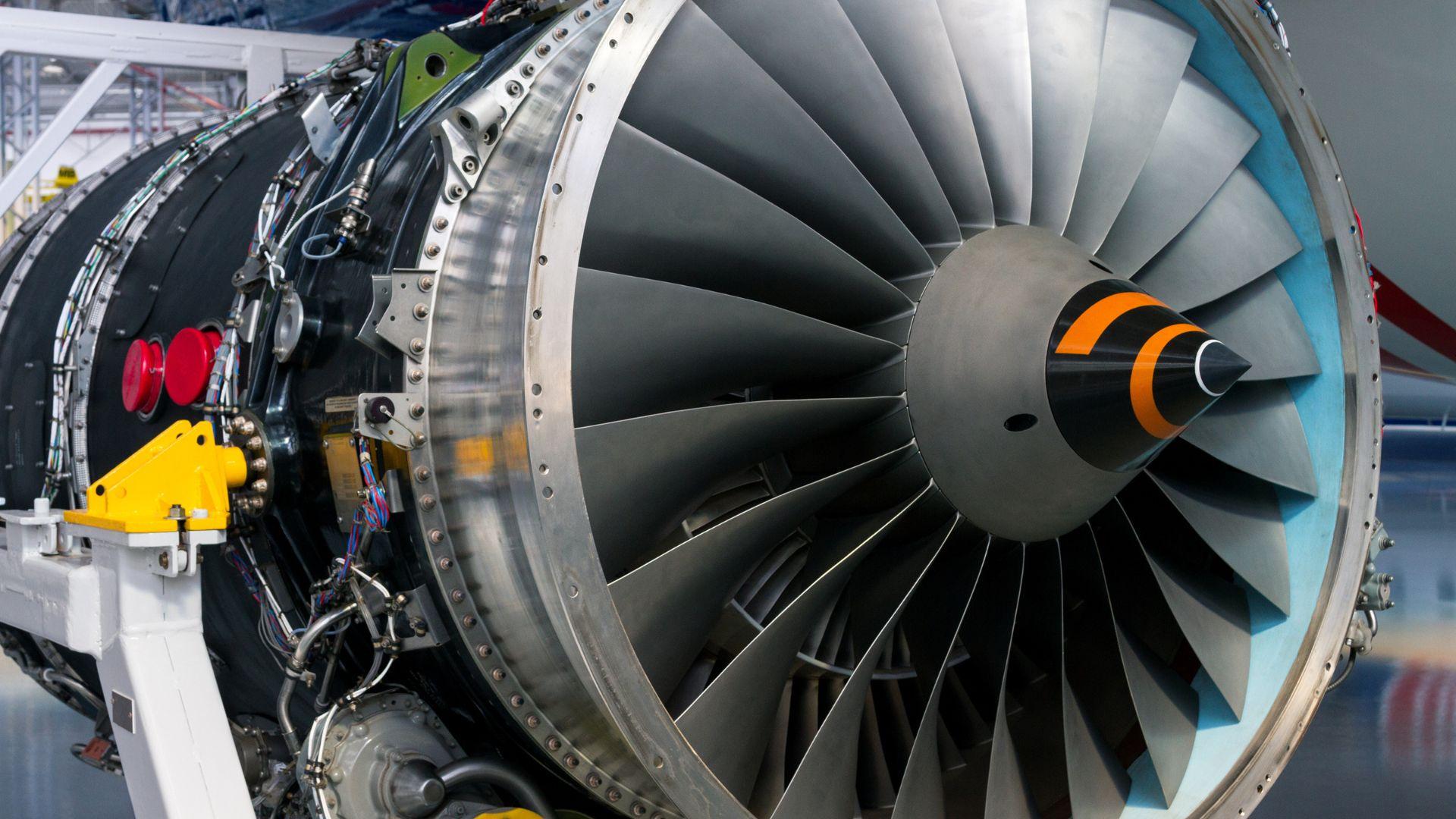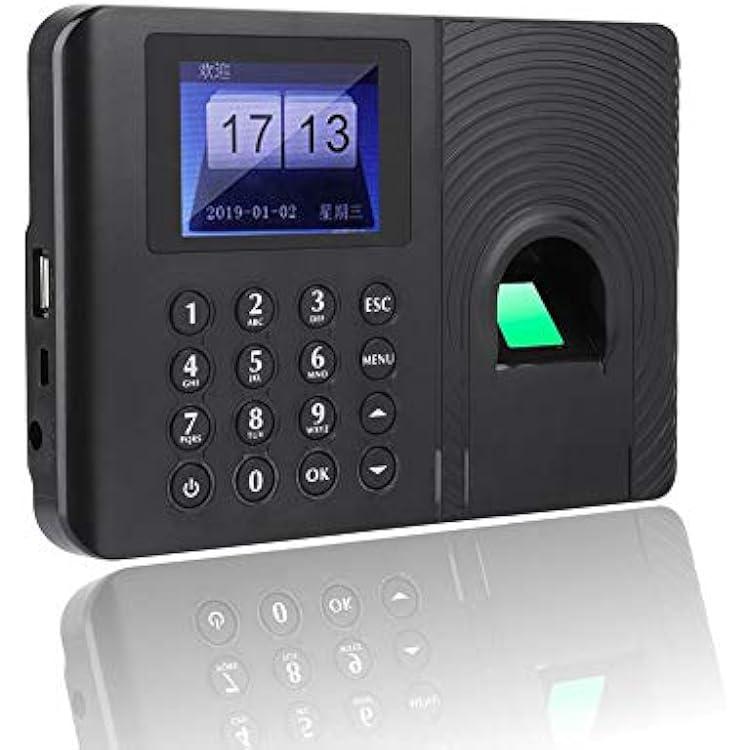How to Choose the Right Stol Aircraft for Your Needs

STOL aircraft, short for Short Takeoff and Landing planes, are a special kind of flying machine. They’re made to take off and land in places where regular planes simply can’t. Think of grassy meadows, mountain clearings, or even rocky riversides. If you're someone who dreams about flying off the beaten path, a STOL aircraft might be exactly what you're looking for.
What Makes a Plane a STOL Aircraft?
A STOL aircraft is built to operate in tight spaces. Unlike standard airplanes that need long runways, these planes can lift off in just a few hundred feet and land just as quickly. They are perfect for remote areas, off-grid airstrips, and unexpected terrains. That’s why bush pilots, emergency responders, wildlife researchers, and everyday flying enthusiasts choose them.
Their wings are shaped for extra lift, and many come with large flaps or slats to keep them steady at slower speeds. These planes aren’t just machines. They’re problem-solvers. They bring people, supplies, and hope to places where landing a normal plane would be impossible.
What Do You Need From Your Aircraft?
Start with one important question: what are you planning to do with your plane? Are you a weekend flyer who wants to explore quiet areas away from busy airports? Do you need to reach your farmland, fishing camp, or a cabin in the woods? Or maybe you're looking to carry tools, gear, or even a few passengers into the wilderness.
The way you answer this will shape everything. If you're flying mostly for fun, your ideal aircraft might be light and easy to handle. If you're dealing with cargo or rugged terrain, you’ll need something tougher, with more power and better landing gear.
Also think about where you’ll be landing. Grass, gravel, snow, and sand all behave differently under your wheels. Choosing a plane that can handle the ground beneath it is just as important as how well it flies.
What Features Should You Really Pay Attention To?

Wings play a big role in STOL performance. Many of these planes use high-lift wings with flaps that help them stay steady at slow speeds. This gives you better control when flying close to the ground or trying to land in a tight spot.
Next, look at how much the plane weighs compared to how strong the engine is. A lighter plane with a powerful engine gets off the ground faster and handles short takeoffs more smoothly. It's not just about raw engine size—it’s how well the whole plane works together.
Landing gear is another piece of the puzzle. Taildraggers are common in STOL setups because they work well on rough land. But they do take some getting used to, especially if you’ve only flown tricycle gear before. Big, soft tires help absorb the bumps and make landings gentler on rough strips.
What About the Cost?
If you’re buying brand new, prices can stretch from around a hundred thousand dollars up to three hundred thousand or more, depending on what you’re looking for. But don’t let that number scare you. Many pilots find great used models at a much lower price. You might even come across a solid pre-owned plane for under eighty thousand dollars.
And don’t forget the other costs. Flying isn’t just about buying the aircraft. You’ll also need to pay for fuel, regular maintenance, insurance, and a place to store it. Some pilots also invest in extra training—especially if they’re switching to a taildragger or planning to fly into tight, unpredictable strips.
Which STOL Planes Are Worth Checking Out?
The Carbon Cub is a top performer with a strong engine and super short takeoff distance. It's not cheap, but it delivers outstanding performance in tight spots.Kitfox planes are well-loved by hobbyists who enjoy building or modifying their aircraft. They’re light, responsive, and fun to fly.
The Zenith CH 750 is a strong choice for beginners. It’s simple, reliable, and doesn’t ask too much of the pilot. It can handle rough fields and still keep you comfortable in the cockpit.The RANS S-21 Outbound is another great option, offering a modern look with dependable strength. It’s built for fun but also handles serious work well.
And of course, the Piper PA-18 Super Cub has been around for decades for a reason. It’s trusted, tested, and still one of the best choices for bush flying.
What Does It Feel Like to Fly One?
Dan is a retired mechanic who lives near the Canadian wilderness. He picked up a used Kitfox Series 7 a few years ago. At first, he just wanted a hobby. Something to tinker with. Something that let him feel useful after retirement.
But now? Flying has become part of his life. On weekends, Dan uses his STOL plane to land by a lake only a few pilots even know about. He says there’s no feeling like touching down on a quiet stretch of land, where your only neighbours are trees and birds. His plane doesn’t just fly—it changes his whole week.
When Dan talks about his aircraft, he doesn’t rattle off engine stats or wing specs. He talks about peace. About fresh air. About quiet places that no car could ever take him.
A Few Things to Do Before You Choose
If you’re serious about buying a STOL aircraft, try flying a few first. Talk to pilots. Visit airfields. Feel the difference between models. Each plane handles a little differently, and your comfort in the cockpit will matter more than the number in a brochure.
Also, think about building your own. Some STOL planes come in kits, letting you take part in the process from the ground up. It takes time and patience, but the reward is worth it—you’ll know every inch of your plane, inside and out.
Online communities can help too. There are forums full of experienced STOL pilots ready to share tips, answer questions, and guide you away from costly mistakes.And while you might not be thinking of selling yet, it’s smart to keep an eye on resale value. Some brands hold their worth better than others, which can make a difference years down the line.
Where Can You Go With One
With the right STOL aircraft, the sky opens up in ways most people never experience. You can land next to hidden lakes in Canada, visit mountain villages, explore desert flats, or fly into untouched meadows far from the busy world. Some pilots use their aircraft to reach remote work sites. Others do it for the thrill. And a lucky few get to do both.
Choosing the right STOL aircraft isn’t just about specs or numbers. It’s about your life, your needs, and the kind of flying you want to do. These planes bring freedom to your fingertips. Whether you’re a seasoned pilot or just starting out, there’s something special about a machine that lets you touch down where few others can.
FAQs
1. What does STOL mean in aviation?
STOL stands for Short Takeoff and Landing. It refers to aircraft that are designed to lift off and land in very short distances, often on rough or unprepared surfaces like grass, gravel, or dirt.
2. Are STOL aircraft good for beginner pilots?
Yes, some STOL models are beginner-friendly, especially those with stable handling and tricycle landing gear. However, if the plane is a taildragger, it may take a bit more training and practice to master.
3. Can I use a regular airplane for short landings instead of a STOL aircraft?
Standard planes are not built for extreme short-field performance. STOL aircraft have special wings, flaps, and gear that make them safer and more reliable in tight areas where normal planes may struggle.
4. Do I need a special license to fly a STOL aircraft?
No separate license is needed. A regular private pilot license is enough. However, tailwheel endorsement may be required if the STOL aircraft uses taildragger configuration.
5. Is it cheaper to build a STOL plane from a kit?
Building from a kit can be more budget-friendly if you have time, tools, and basic skills. It also allows you to understand the aircraft deeply. But it takes longer and needs patience and precision.





